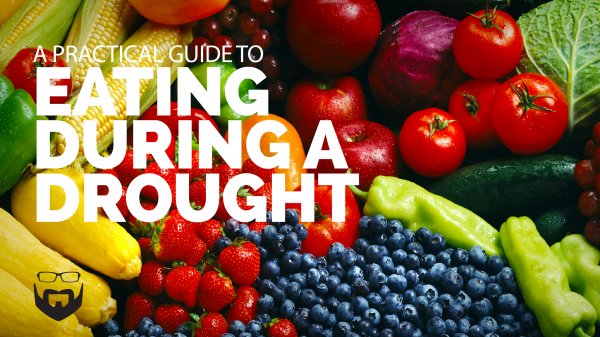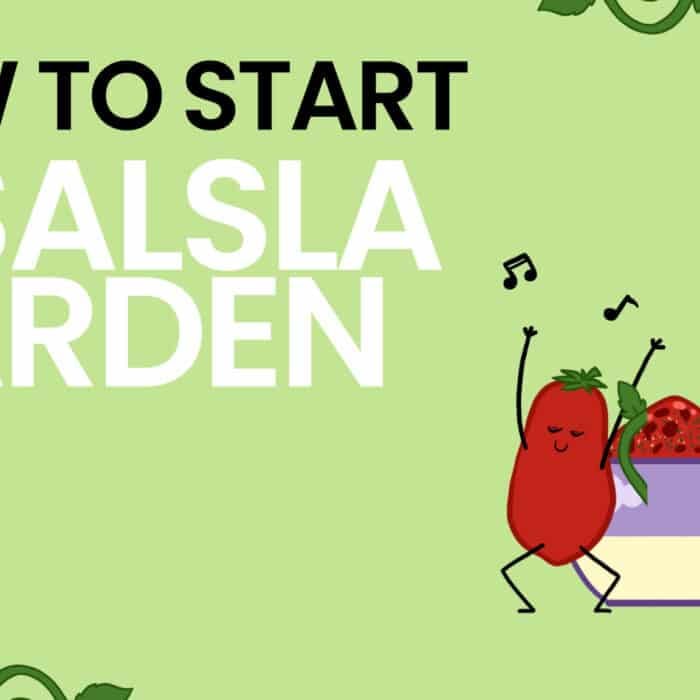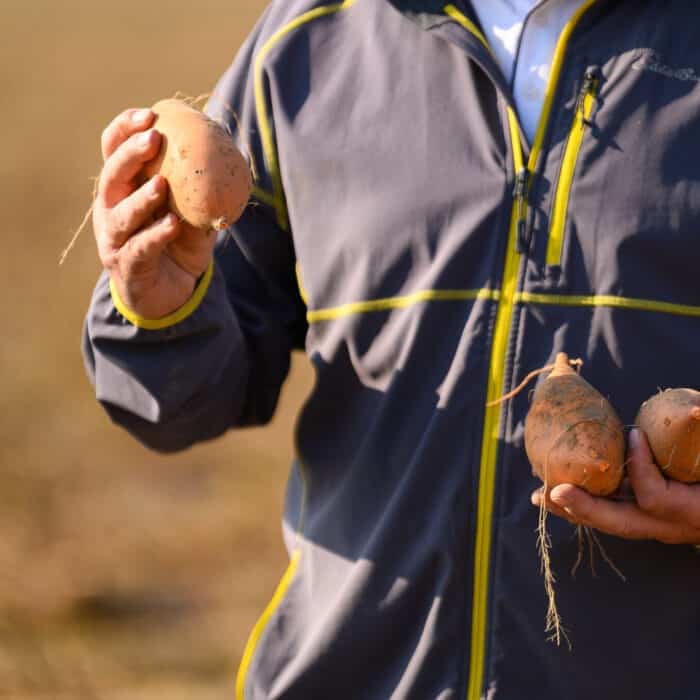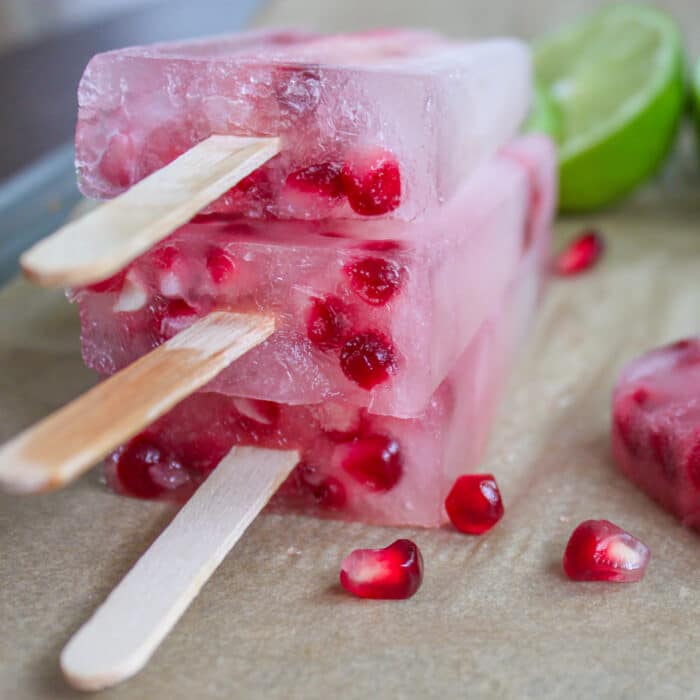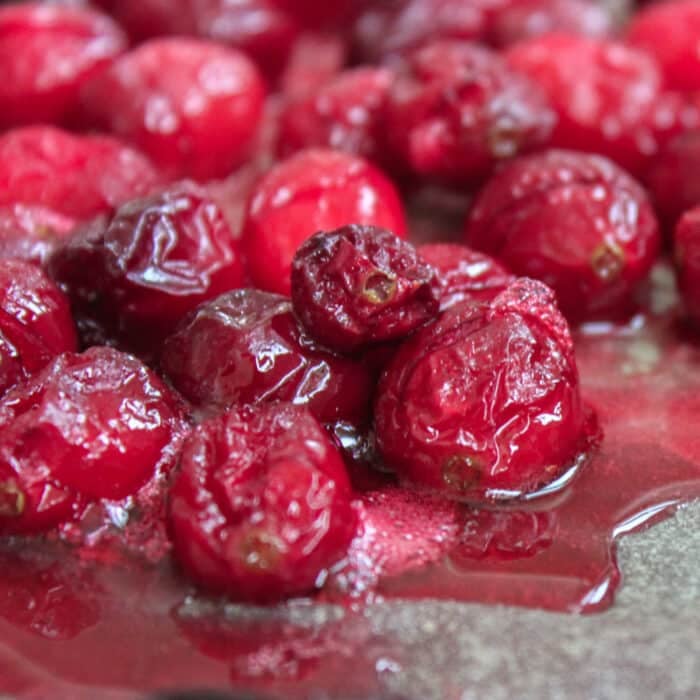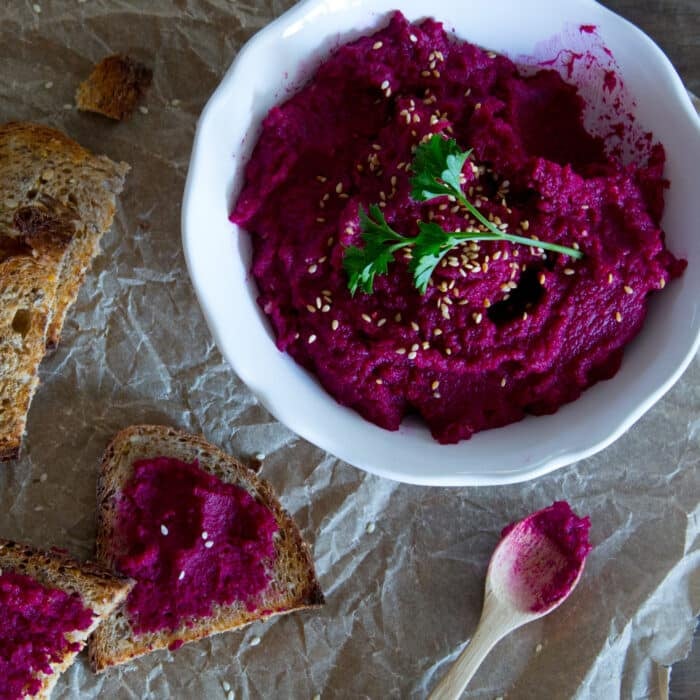California is facing one of the worst droughts on record. You know, it’s the post-Apocalyptic scenario that Kevin Costner movies are made of. But if there’s a silver lining, it’s that you can help by making better water-conscious food choices.
Use this handy list to understand the water footprint of your food how much it took to grow it, and how some major ingredients compare to similar ones in their categories. The values listed below represent the water footprint for California agriculture, unless noted otherwise, and are for every 100 grams of food produced.
Simply bookmark this page and take it with you next time you’re grocery shopping.Then roast your dinner instead of boiling it and feel great about what a good person you are.
Fruits & Veggies
- Apples, 11.9 gallons
- Apricots, 26.4 gallons
- Asparagus, 69.8 gallons
- Avocado, 31.4 gallons
- Bananas, 16.5 gallons
- Brussels sprouts, 7.8 gallons
- Carrots, 3.3 gallons
- Celery, 3.3 gallons
- Cherries, 43.5 gallons
- Chile peppers, 6.1 gallons
- Corn, 19 gallons
- Cucumbers, 10.9 gallons
- Cranberries, 7.2 gallons
- Figs, 26.8 gallons
- Garlic, 9.8 gallons
- Grapefruit, 5.4 gallons
- Grapes, 13.5 gallons
- Kale, 7.6 gallons
- Lemons/Limes, 5.9 gallons
- Lettuce, 3.0 gallons
- Onions, 7.2 gallons*
- Oranges, 5.8 gallons
- Peaches, 16.6 gallons
- Pears, 9.5 gallons
- Peas, 11.2 gallons
- Pineapple, 4.9 gallons**
- Plums, 24.3 gallons
- Prunes, 69.3 gallons
- Potatoes, 8.9 gallons
- Raspberries, 10.1 gallons
- Spinach, 4.7 gallons
- Strawberries, 3.6 gallons
- Sweet potatoes, 21.6 gallons
- Tomatoes, 3.4 gallons
Breads & Grains
- Bread (wheat), 32.7 gallons
- Oatmeal, 101.3 gallons
- Pasta (dried), 37.6 gallons
- Rice, 62.9 gallons
Meat, Beans & Eggs
- Almonds, 342.8 gallons
- Beans (dried), 166.7 gallons
- Beef, 297.6 gallons
- Chicken, 34.4 gallons
- Chickpeas, 582.6 gallons
- Eggs, 54.7 gallons
- Lentils, 251.3 gallons**
- Pork, 98.3 gallons
- Soy beans, 43.9 gallons**
Dairy
- Butter, 114.2 gallons
- Cheese, 96.4 gallons
- Milk, 30.6 gallons
- Yogurt, 24.4 gallons
Fats & Sweets
- Chocolate, 454.0 gallons*
- Olive oil, 135.7 gallons
- Sugar (refined), 47.0 gallons*
Beverages
- Beer, 8.3 gallons
- Coffee, 499.6 gallons*
- Green tea, 233.8 gallons*
- Soy milk, 77 gallons**
- Wine, 15.7 gallons
Spices
- Black pepper, 200.9 gallons*
- Cinnamon, 409.9 gallons*
- Clove, 1615.8 gallons*
- Curry, 8 gallons**
- Ginger, 8 gallons**
- Nutmeg, 906 gallons*
- Vanilla bean, 3,339.8 gallons*
* These values refer to world global averages.
** These values refer to country averages for the United States.
We realize food systems are complicated and water consumption is just one part of conscious eating. This info exists in the context of your needs and values. Shop accordingly.
Source files: produce values, meat and dairy values, WaterFootprint.org
This content was developed in partnership with Whole Foods Market. Both Cooking Stoned and Whole Foods Market are concerned about sustainable eating and the effects of California’s drought on our food choices. Let’s all eat better.
